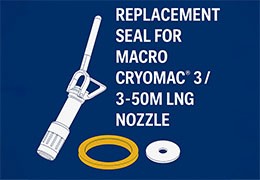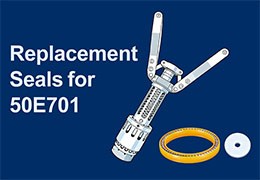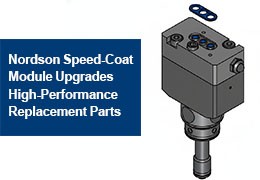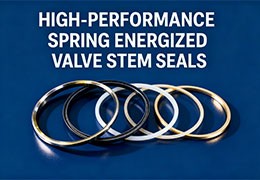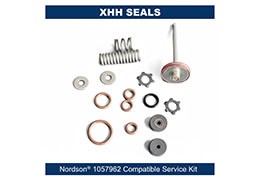Search in blog
Blog categories
- Federbelastete Dichtungen (5)
- Dichtungen für Heißschmelzsysteme (16)
- Downhole- und Eingriffswerkzeuge (3)
- Dichtungslösungen für die LNG-Industrie (3)
- Hydraulikzylinder-Dichtungen (6)
- Polytetrafluorethylen (2)
- O-Ringe (6)
- Verschleißringe (2)
- FKM (2)
- FFKM (5)
- Nordson Dichtungssatz (11)
- Dichtring-Hersteller und Lieferanten-Verzeichnis (1)
- Öldichtung (1)
- Holzbearbeitung Dichtungsteile (1)
- Bergbau (1)
- Dosier- und Abgabesysteme (8)
- (2)
- (1)
- (1)
- (1)
- (3)
- (1)
- (1)
- (2)

